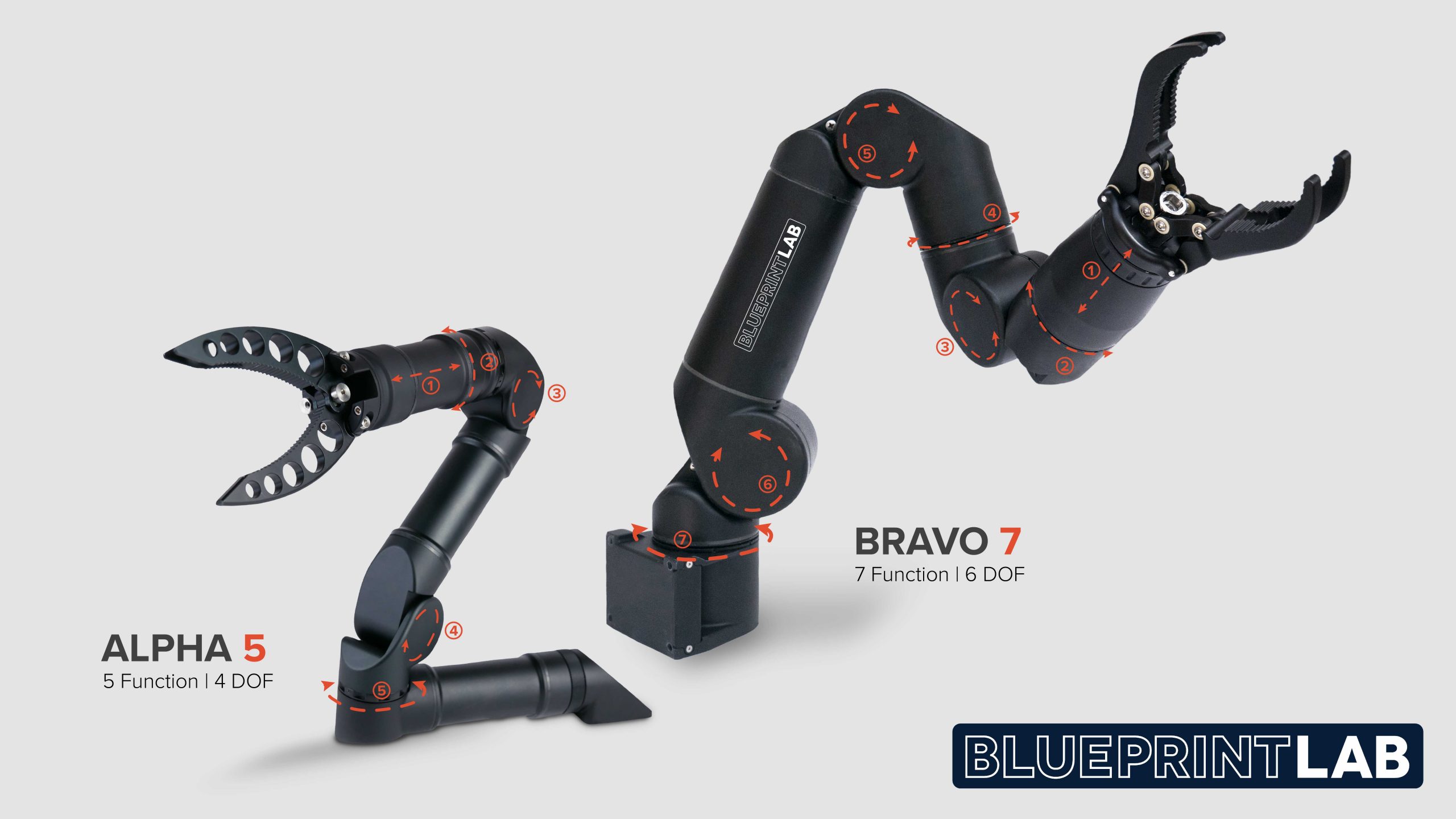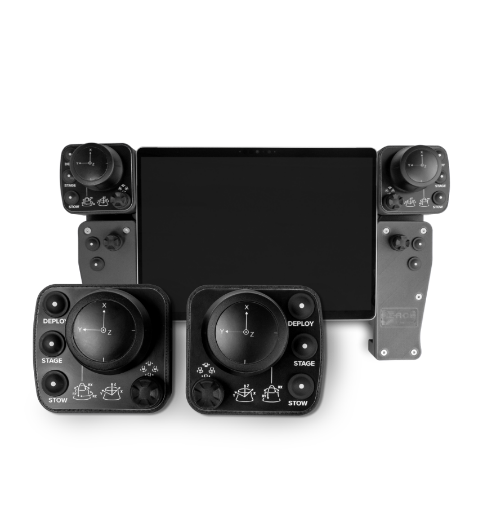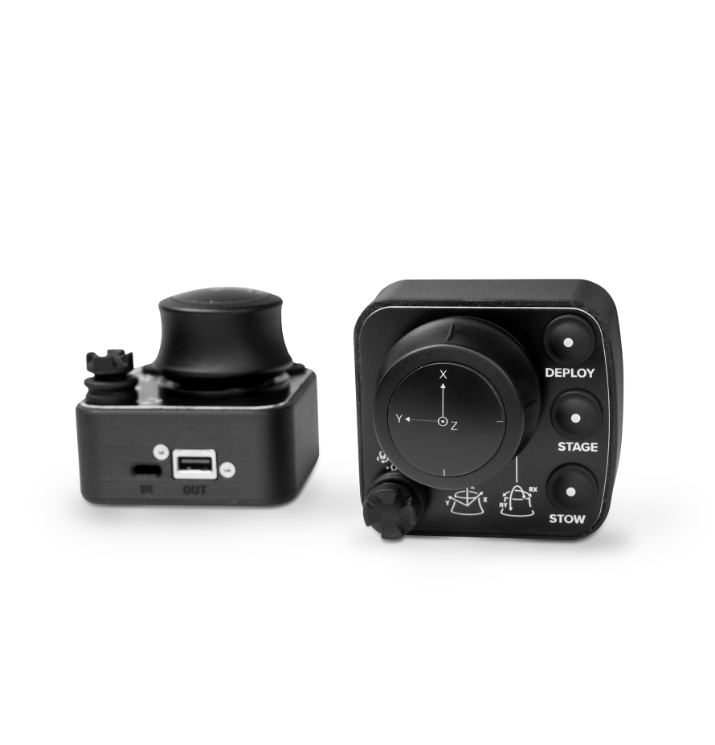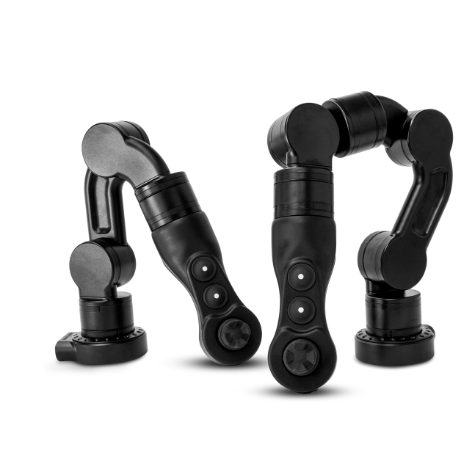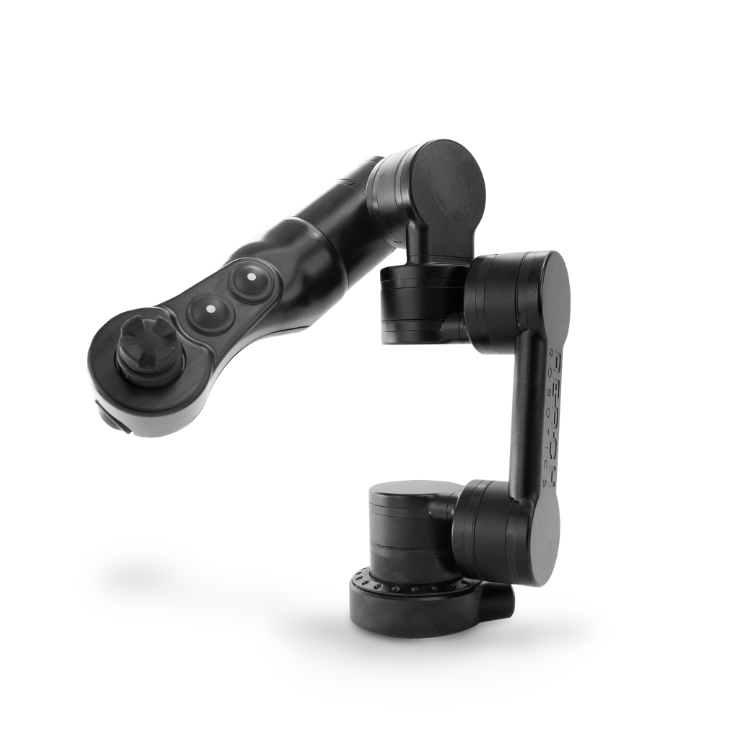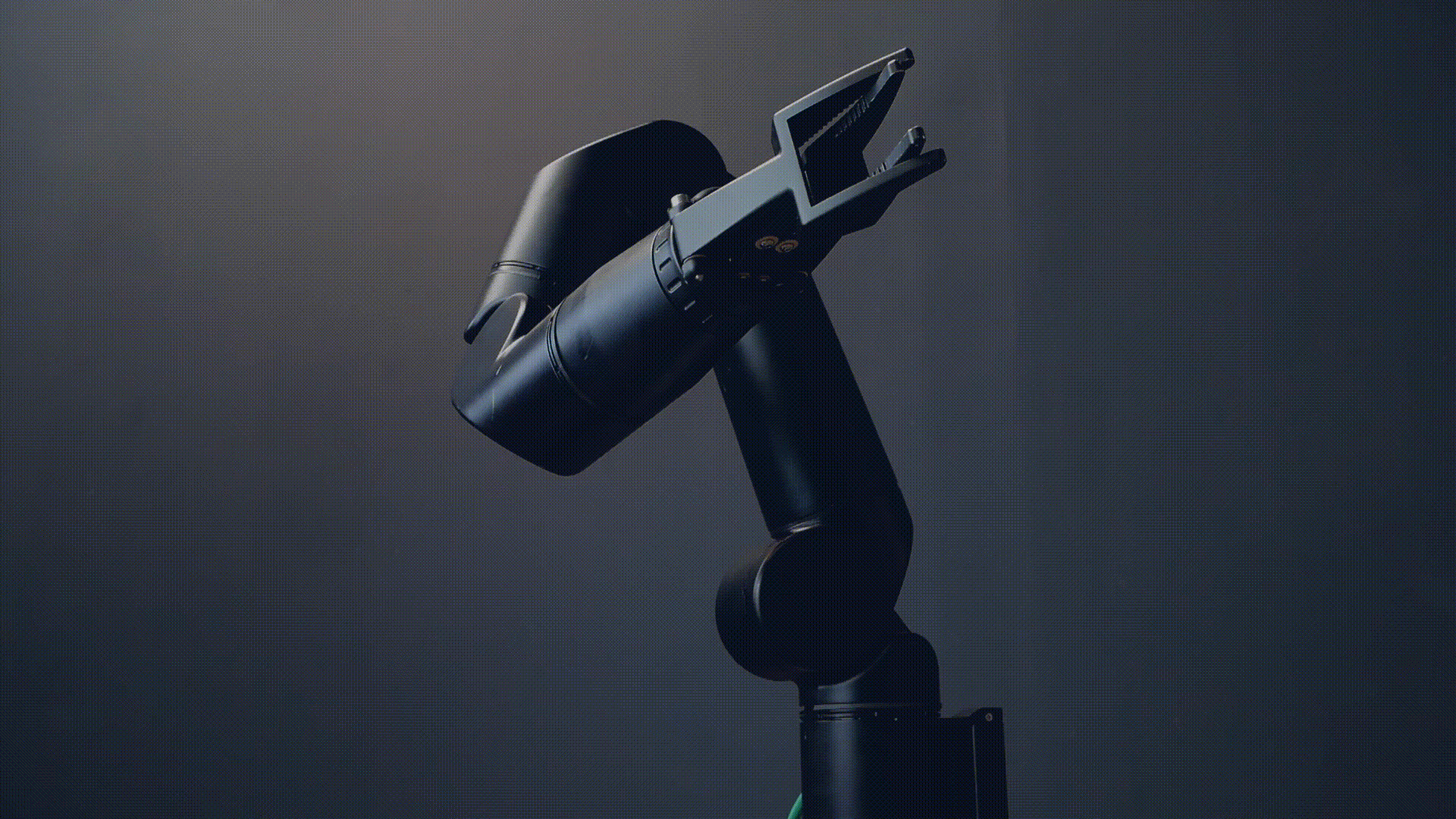
What is the definition of a ‘Degree of freedom’ (in the context of robotic arms)?
A ‘Degree of Freedom’ (DoF) as it relates to robotic arms, is an independent joint that can provide freedom of movement for the manipulator, either in a rotational or translational (linear) sense. Every geometric axis that a joint can rotate around or extend along is counted as a Single Degree of Freedom.
In theory, quite a few types of joints provide varying degrees of freedom in terms of rotation and translation (see the chart below). In practice, however, most robotic arms will be made up of joints that provide one degree of freedom. The two most common joints are:
Revolute Joint: Providing one degree of rotational freedom
Prismatic Joint: Providing one degree of linear freedom
As such, robotic arms are often described in terms of how many total DoF they have. E.g., the Bravo 7 is a 6 Degree of Freedom robotic arm (Why not call it the Bravo 6? See the next section of this article). Of course, there are various types of robotic arms across different industries, ranging from one degree of freedom (sometimes called an ‘axis’) to over seven.
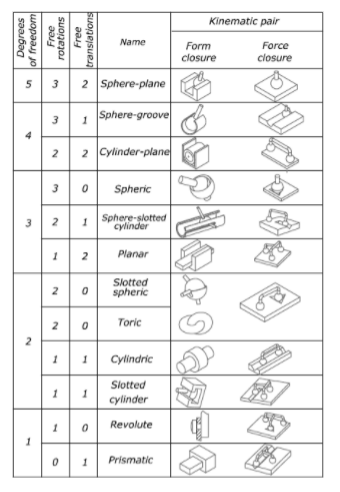
Knowing and defining the Degrees of Freedom (along with other key parameters) allow for modelling the robotic system and implementing AI algorithms to control the manipulator’s arm autonomously.
Learn more about Top Uses of Underwater ROV Manipulators.
What do we mean when we talk about a robotic arm’s number of ‘Functions’?
Sometimes a ‘Degree of freedom’ is coopted to be used for a function that does not result in ‘freedom’. In other words, it does not move the position or orientation of the end-effector/gripper/tool/sensor (the part of the robot that ‘does stuff). For Reach Robotics manipulators, we usually have a set of jaws at the end of the robotic arm. To open or close the jaws of the robotic arm, we use a prismatic actuator (a fancy word for an actuator that only operates along a single axis).
We define the reference point as a floating location between the manipulator’s jaws. As the manipulator moves, this location is being updated in terms of the ‘position’ of the end-effector. If you want to grab something at position (x,y,z) with orientation (a,b,c), this position is optimised in the inverse kinematics algorithm.
Because of this, the movement of the linear actuator to open and close the manipulator’s gripper does not change the reference point, and thus, it is not providing a ‘degree-of-freedom.
In this scenario, the prismatic actuator provides a ‘function’ but not a ‘degree of freedom. As such, we may define a manipulator as having a different number of DoF and Functions; for example, the Bravo 7 is a 7-Function, 6 DoF manipulator, with one function being the open/close of the jaws.
Why is all this important? One of the main things people are interested in when solving a complex robotic manipulator problem is the DoF and Functions. These two distinct pieces of terminology help to shortcut conversations and make sure everyone is talking on the same page!
